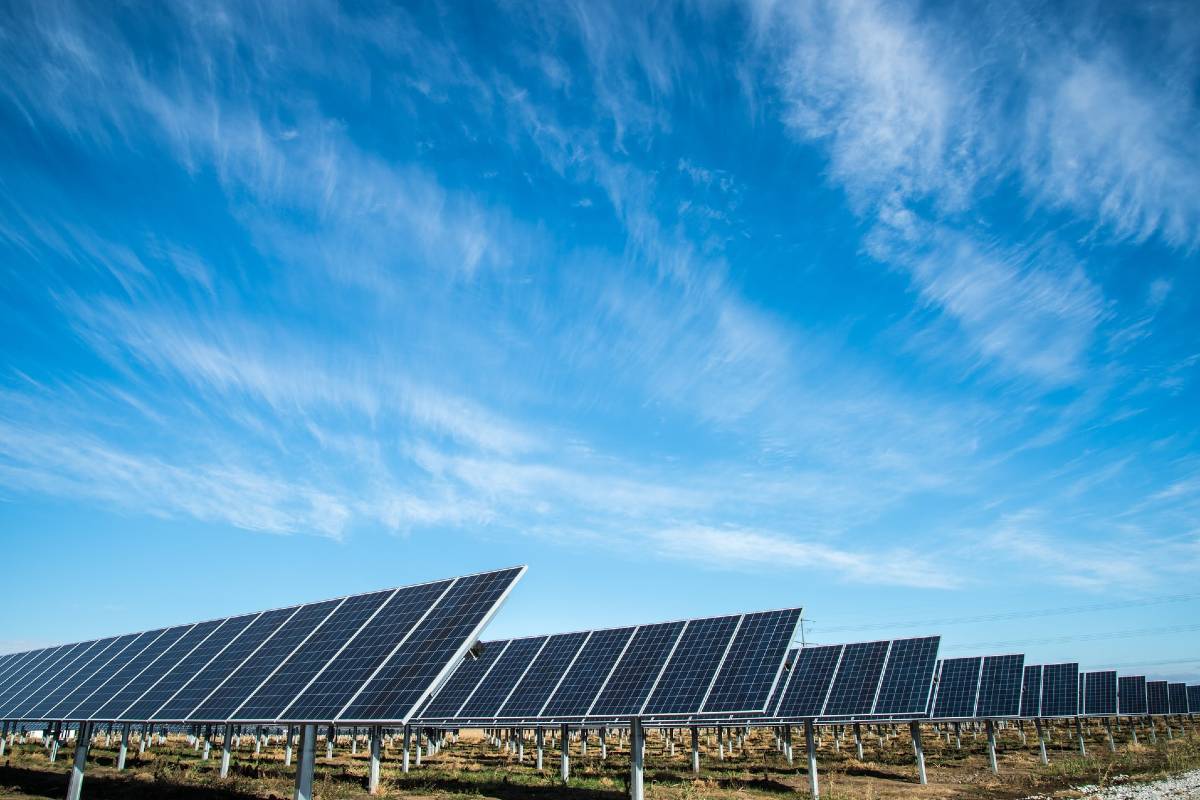
Hao Wang, PhD student in the Department of Chemistry, is lead author of two new studies exploring redox flow battery technology, which is well-suited for energy storage for solar and wind power. Photo credit: Unsplash
A team of University of Alberta chemists is making new strides in battery research, helping to power the future in a pair of new studies. This technology, redox flow batteries (RFBs), differs from traditional batteries as it uses liquid electrolytes to store electrical energy, particularly well-suited to renewable energy derived from solar and wind.
“In contrast to carbon-intensive fossil fuels, environmentally-friendly renewable energy sources such as solar and wind provide a significant opportunity to alleviate the energy crisis and dramatically reduce carbon emissions,” said lead author Hao Wang, PhD student in the Department of Chemistry. “Therefore, the need for energy storage to complement these vast but intermittent sources of wind and solar energy is growing rapidly.”
Energy storage technologies are critical to renewable energy generation from sources like wind and solar power. Efficient energy storage allows these systems to generate power when the wind is blowing or the sun is shining, to create a stable reserve from which to draw when weather conditions change or at night.
“Energy, as one of the most indispensable ingredients in modern economies, is a cornerstone of development of human society,” said Wang, who completed the research under the supervision of Jillian Buriak, professor in the Department of Chemistry. “Compared with conventional lithium-ion batteries, RFBs have merits such as decoupled energy and power, scalability, and high-safety that suggest they are a better candidate for large-scale stationary energy storage.”
Battery of tests
The studies made strides in tackling different challenges facing RFB technology, the first of which focused on the development of new materials to develop the next generation of RFBs.
“One of the challenges in RFBs is the crossover of the electrochemically active chemicals through a membrane,” Wang explained. “In one paper, we prepared a novel organic material able to use non flammable and noncorrosive pH-neutral aqueous electrolyte with low-cost supporting salt to achieve aqueous symmetric RFBs with good performance, paving the way for robust and large-scale energy storage systems.”
The second paper focused on the electrochemical kinetics of the battery technology—the properties that determine how quickly power can be charged and drained from a battery as limited by the chemical processes that drive it. In the study, the team created a new electrochemical protocol to study and analyze the kinetics of RFBs, providing insights for their optimization and molecular design.
“Inspired by our recent findings, we are now in the process of designing and preparing a new series of organic materials to achieve high-capacity neutral aqueous RFBs,” said Wang.
According to Buriak, the real innovator of this work was graduate student Wang. “The University of Alberta continues to attract top students like Hao Wang—Hao conceived of the idea and developed this project himself. As the work progressed, the excitement in the lab grew, attracting support from group members who helped push Hao’s scientific vision through to success,” said Buriak.
The first paper, “Water-soluble pH-switchable cobalt complexes for aqueous symmetric redox flow batteries,” was published in Chem. Commun.(doi: 10.1039/D0CC00383B). The second paper, “Redox Flow Batteries: How to Determine Electrochemical Kinetic Parameters,” was published in ACS Nano(doi: 10.1021/acsnano.0c01281).